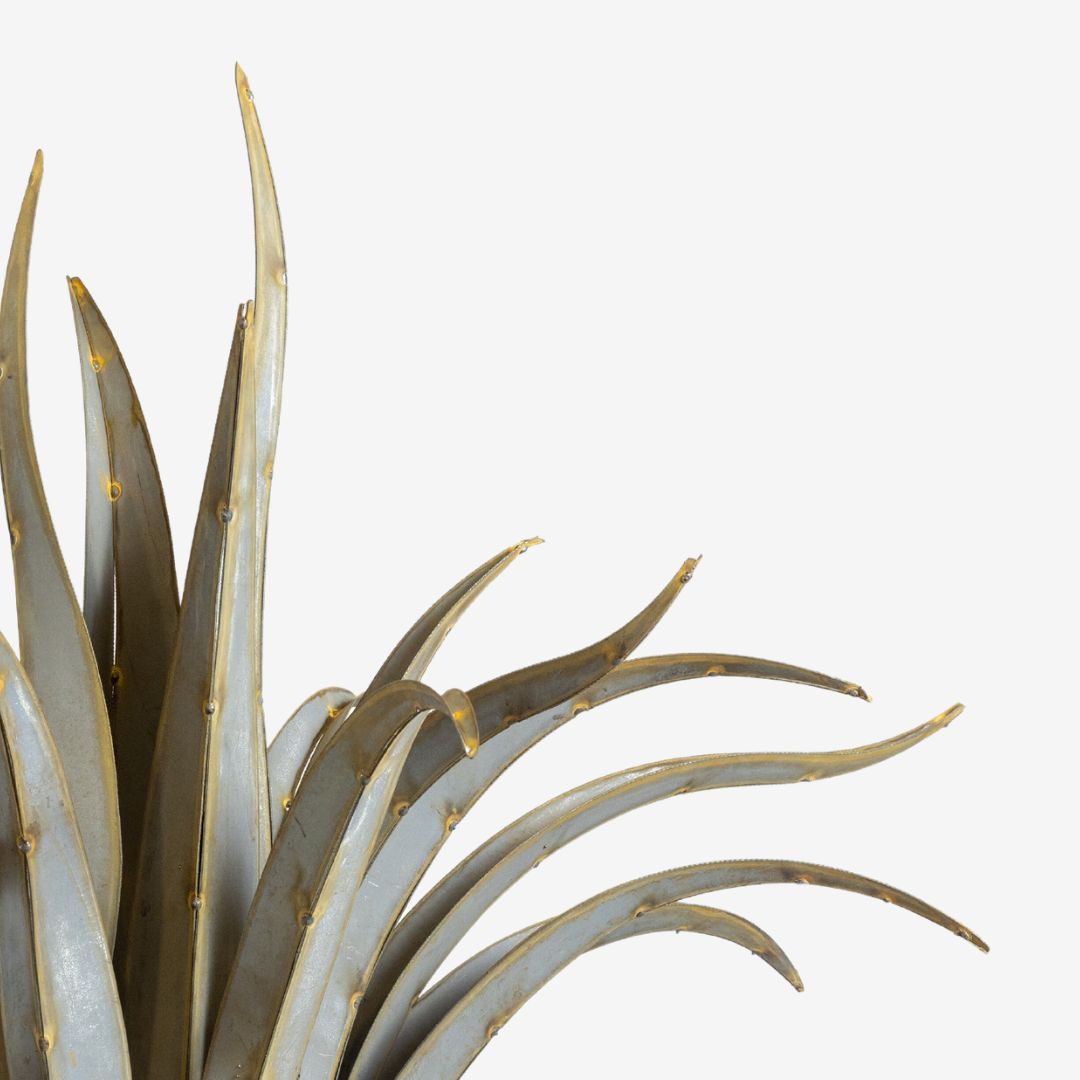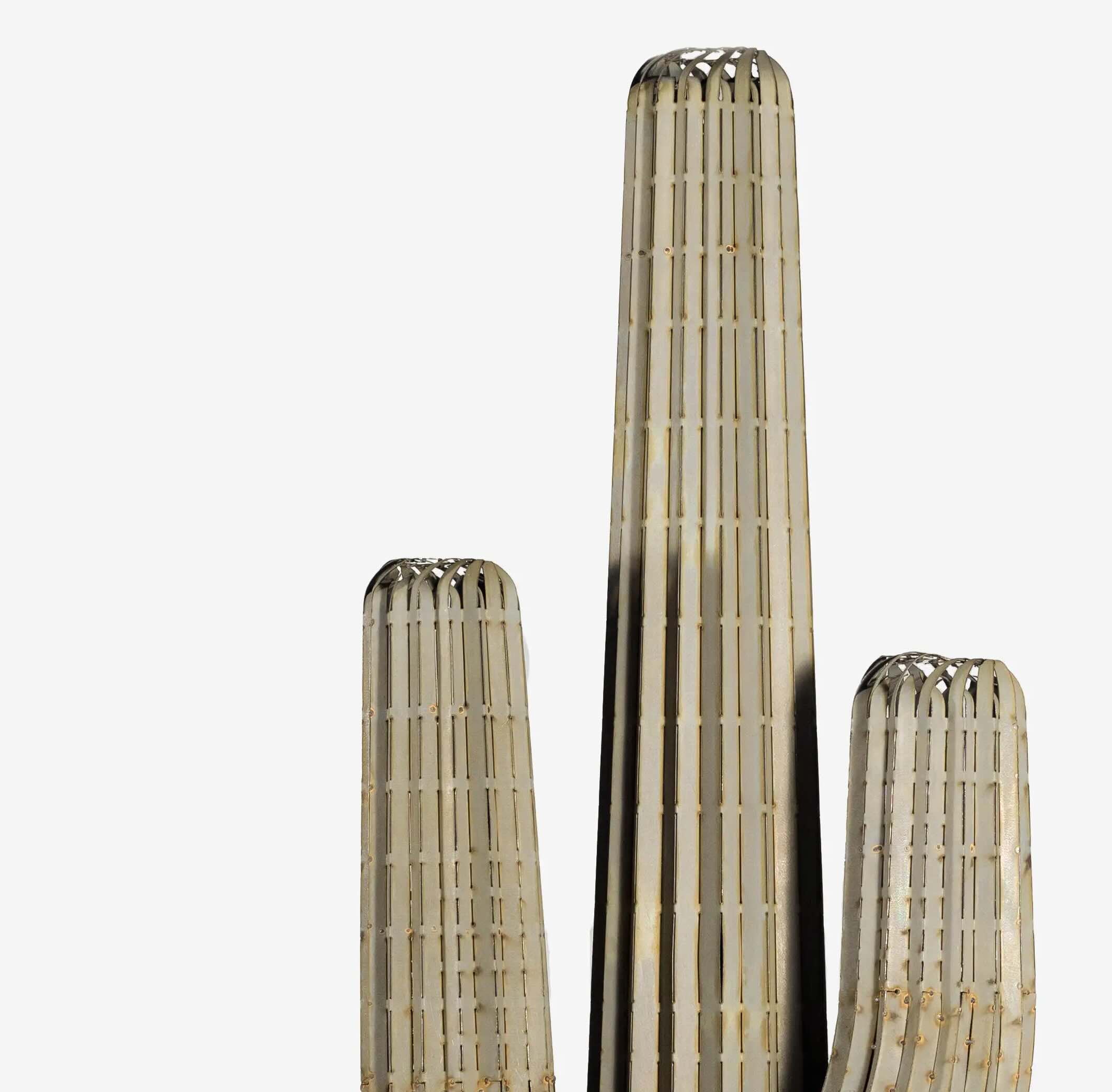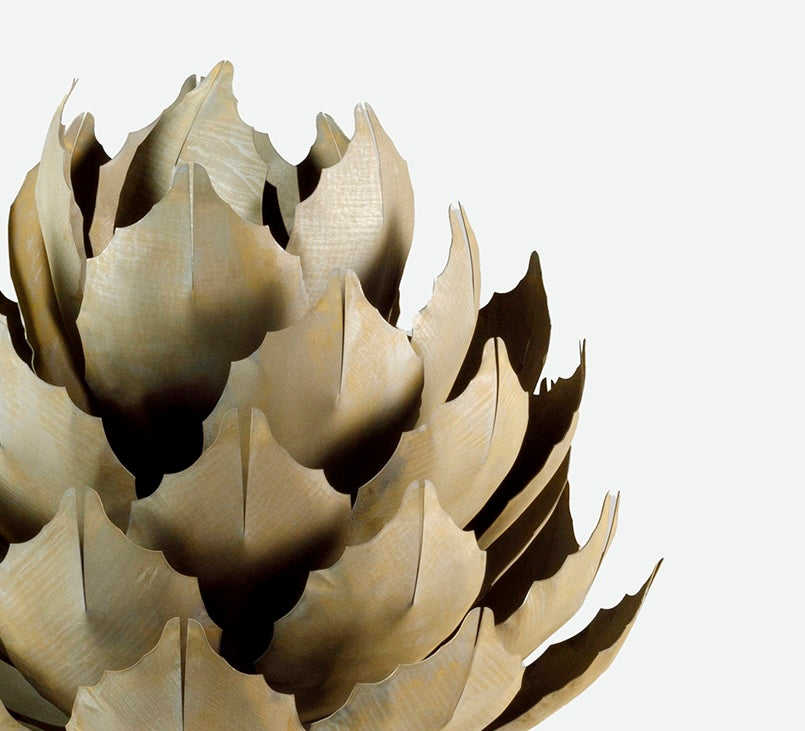How to Care for Desert Plants in the Winter: A Comprehensive Guide

Desert plants, such as cacti, succulents, and other drought-tolerant species, are well adapted to withstand the extreme heat of their natural environment. However, when winter arrives, particularly in regions where temperatures drop below freezing, special care is needed to ensure their survival. Follow these essential tips to care for desert plants in the winter and keep your garden thriving year-round.
1. Understanding Your Plant’s Cold Tolerance
Before you prepare your desert plants for winter, it's crucial to know their specific cold tolerance. Different desert plants have varying levels of frost resistance. For example:
- Cacti: Many cacti can withstand light frost but not prolonged exposure to freezing temperatures.
- Succulents: Certain succulents, like Echeveria, are more frost-sensitive than others, such as Sempervivum, which can tolerate colder conditions.
- Agave and Yucca: These plants are generally hardy but may require additional protection in extreme cold.
Check the USDA hardiness zone for each plant type, which provides an indication of the lowest temperatures they can endure. Knowing this will help you take the appropriate steps to protect them during winter.
2. Limit Watering in Winter
One of the biggest mistakes in winter plant care is overwatering. Desert plants have adapted to survive with minimal water, especially during the colder months when they enter dormancy. Follow these watering tips:
- Reduce Watering Frequency: Desert plants require significantly less water in winter. Overwatering can lead to root rot as the cold temperatures slow down their metabolism.
- Water in the Morning: If you do need to water, do it in the morning. This allows the water to be absorbed by the roots before nightfall when temperatures drop, reducing the risk of freezing.
- Check Soil Moisture: Make sure the soil is completely dry between waterings. A moisture meter can help ensure that the plant isn't receiving too much water.
3. Protect Plants from Frost
Frost is a major concern for desert plants, as it can damage or kill sensitive species. Here’s how to shield your plants from freezing temperatures:
- Use Frost Cloth or Burlap: For outdoor plants, cover them with a frost cloth, burlap, or old bed sheets during freezing nights. This provides an insulating layer that traps heat and keeps frost from settling on the plants.
- Move Potted Plants Indoors: If possible, bring potted desert plants inside, particularly overnight when frost is most likely. Place them near windows for sunlight, but keep them away from drafts.
- Add Mulch: Apply a layer of mulch around the base of your desert plants. Mulch acts as insulation, protecting the roots from cold temperatures and retaining moisture in the soil.
4. Prune and Clean Up
While heavy pruning isn’t recommended in winter, you can still perform some light cleanup to maintain plant health.
- Remove Dead or Damaged Growth: Cut away any dead or damaged leaves, stems, or flowers to prevent pests and diseases.
- Prune Sparingly: If your desert plants have become leggy or overgrown, light pruning is fine, but avoid cutting too much, as this can stress the plant during its dormant period.
5. Monitor for Pests
Even in winter, pests can still be a threat to your desert plants. Spider mites, aphids, and scale insects are common problems.
- Inspect Regularly: Check your plants for signs of pests, such as discolored spots or webbing. Early detection is key to preventing infestations.
- Use Natural Remedies: If you spot pests, treat the plant with natural insecticides like neem oil, or simply wipe off small infestations with a cotton swab dipped in rubbing alcohol.
Conclusion
Caring for desert plants in the winter involves understanding their specific needs, from reducing watering to providing frost protection. By following these winter care tips, you’ll ensure your desert garden remains healthy and vibrant, even through the cold months. With proper care, your desert plants can thrive and be ready to burst back into full growth when the warmer weather returns.
Discover Our Metal Yard Art & Landscaping Solutions
If you’re looking to upgrade your landscaping, we have the perfect collection of metal yard art for your space. From large garden sculptures to smaller pieces, such as metal succulents, barrel cacti, palm trees and more. These make a beautiful feature to your front yard and require ZERO watering or maintenance. Contact us today and we can help advise you on the best solutions for your yard. We also offer a FREE design service for your landscaping needs, so let us know if this is something you’d be interested in.
 Agaves
Agaves
 Barrel Cacti
Barrel Cacti
 Joshua Trees
Joshua Trees
 Mexican Fence Post
Mexican Fence Post
 Ocotillo
Ocotillo
 Palm Trees
Palm Trees
 Prickly Pears
Prickly Pears
 Saguaros
Saguaros
 Succulents
Succulents